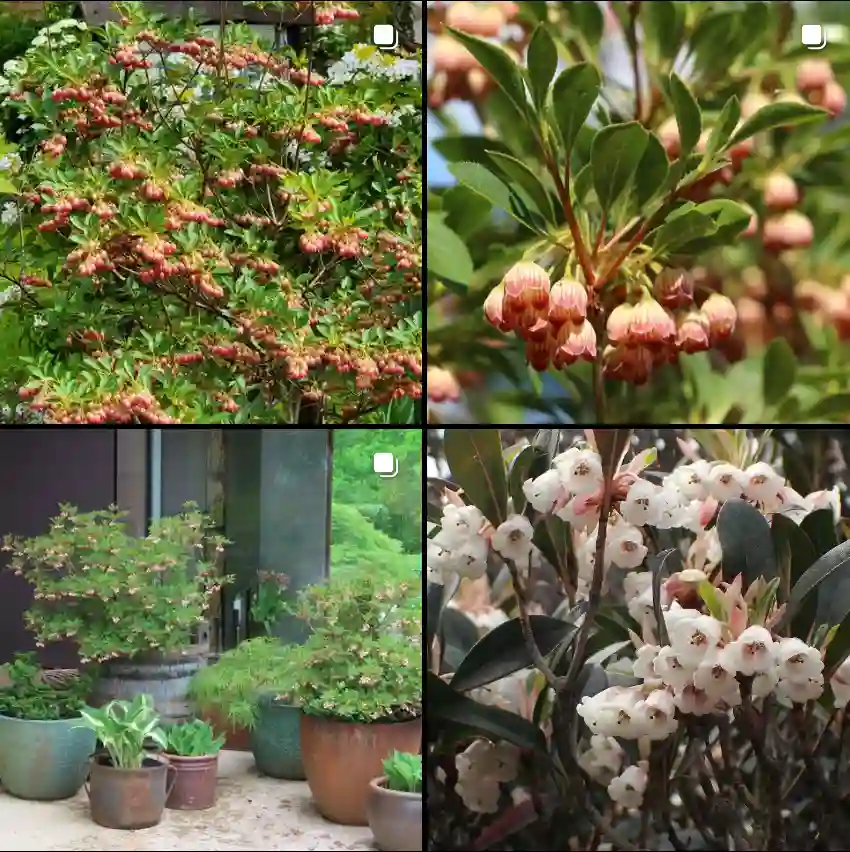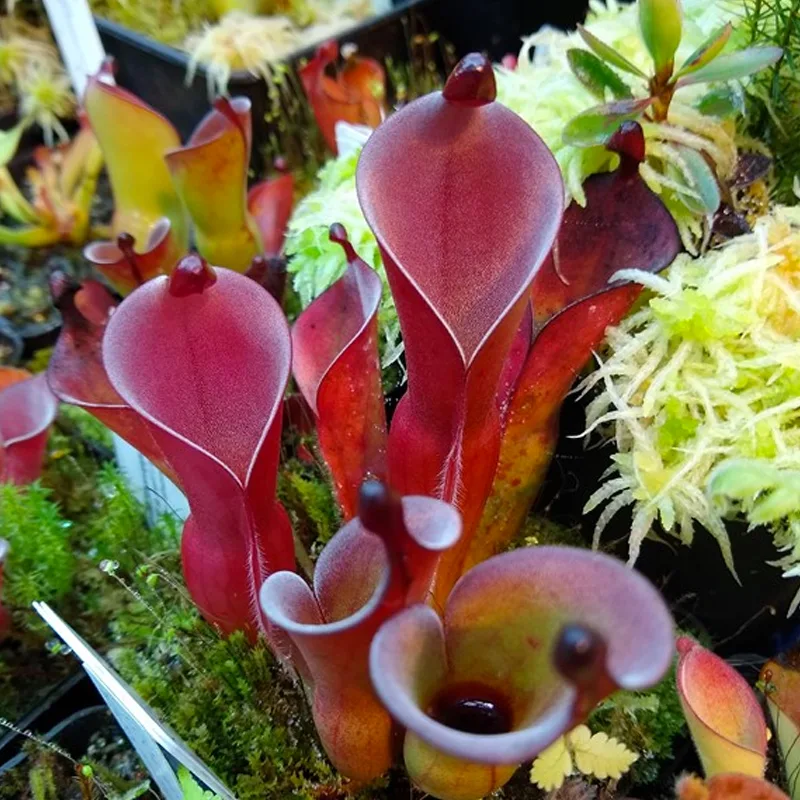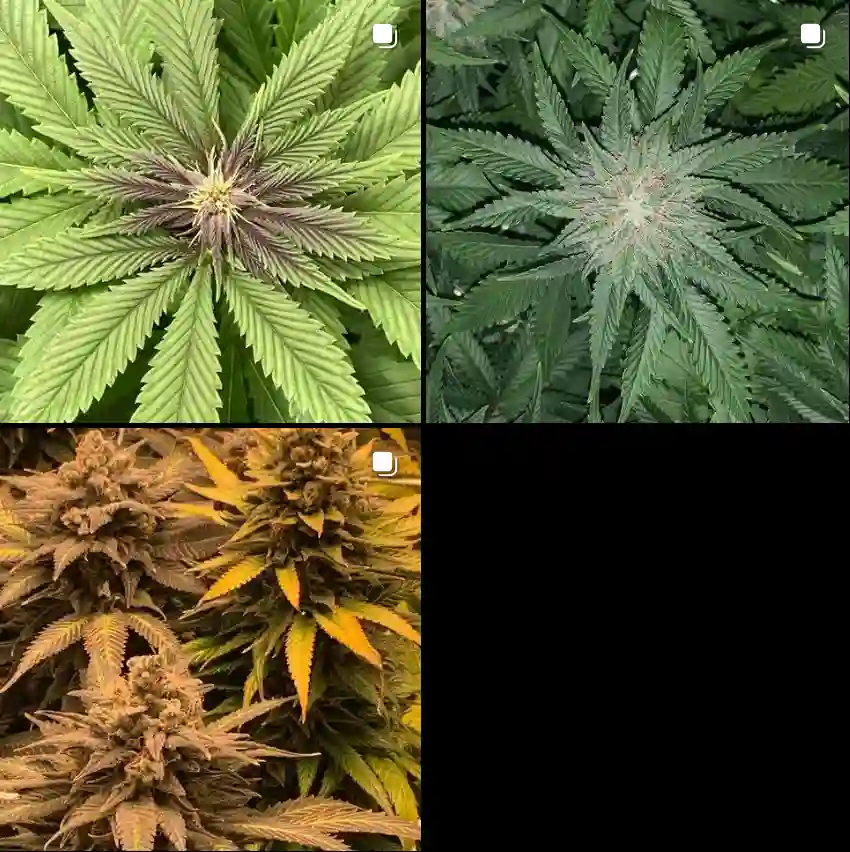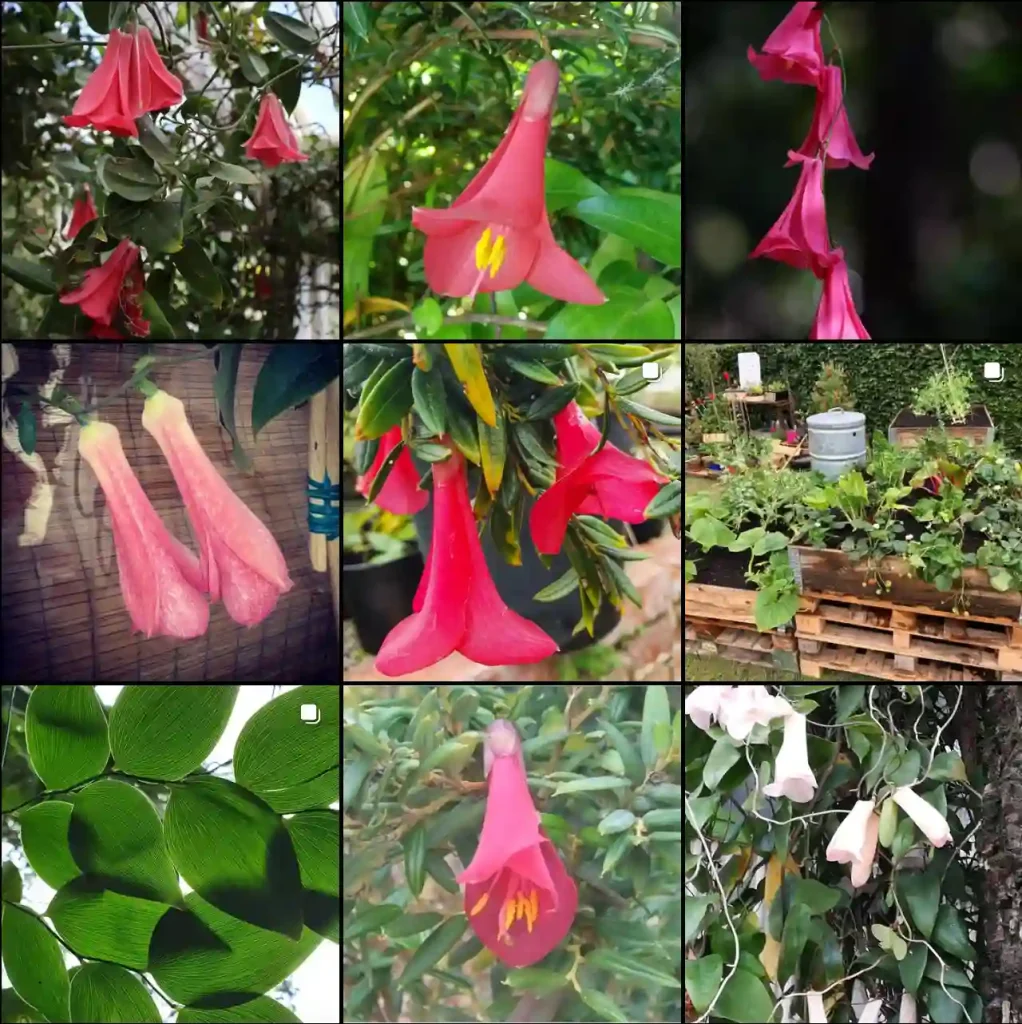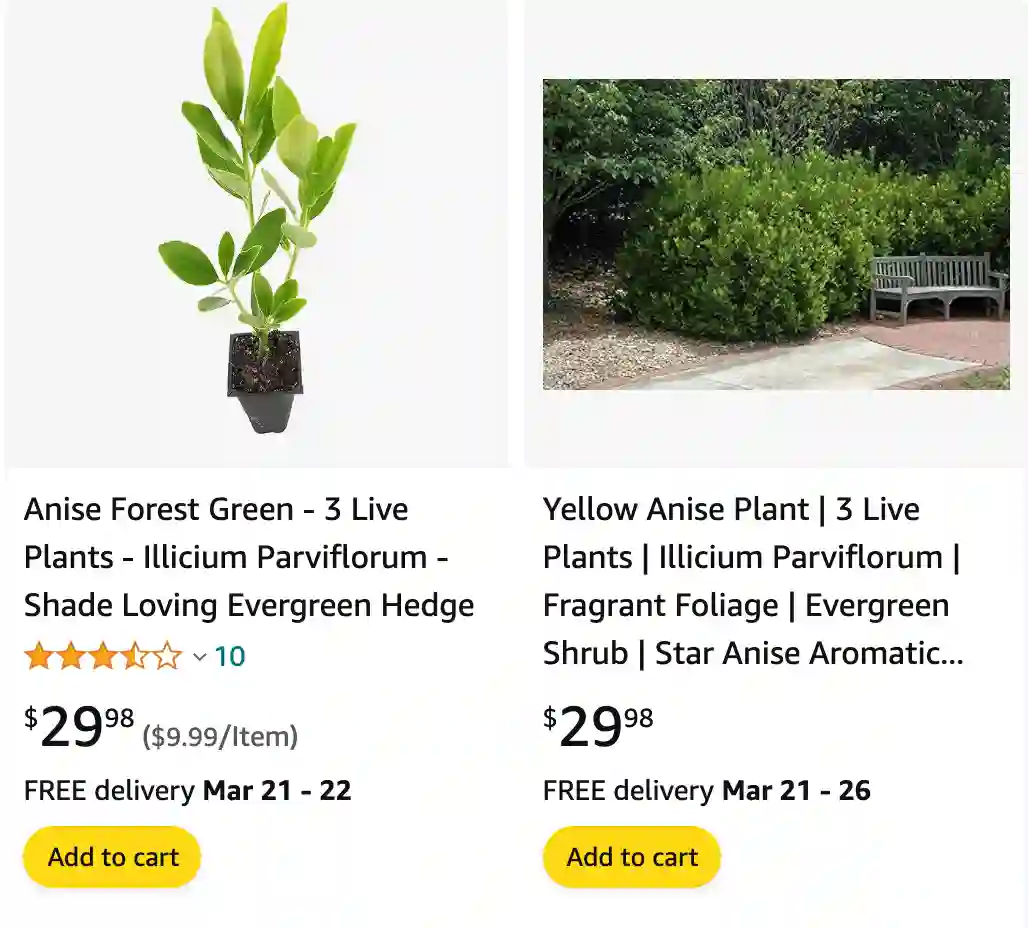
The Allure of the Yellow Anise Tree: A Gardener’s Guide to Illicium Parviflorum
As a gardener with a penchant for unique and fragrant plants, I was immediately captivated by the Yellow Anise Tree (Illicium parviflorum). This native Floridian beauty boasts glossy, olive-green foliage that releases an intoxicating anise aroma when crushed. But its charm extends beyond its scent – the small, star-shaped yellow flowers add a touch of whimsy, and its ability to thrive in various conditions makes it a versatile addition to any landscape.
Having successfully cultivated this delightful tree in my own garden, I’m eager to share my experience and answer some of the most common questions fellow gardeners have about Illicium parviflorum.
40 Species in Genus Illicium
Illicium parviflorum vs floridanum
When I compared Illicium parviflorum and Illicium floridanum in my garden, I found that the parviflorum was a bit more tolerant of my soil conditions, thriving with less fuss compared to the floridanum. The floridanum, with its slightly more intricate foliage, required more attention and had a tendency to struggle during our wetter seasons, while the parviflorum seemed to handle the moisture fluctuations better.
Can I Propagate Illicium Parviflorum from Hardwood Cuttings?
While propagation from seeds is an option, it can be a slow and uncertain process. A more reliable method for propagating Illicium parviflorum is through hardwood cuttings. This technique involves taking cuttings from woody stems during the late winter months, when the plant is dormant.
Here’s a quick guide:
- Choose a healthy, mature stem that’s at least pencil-thick.
- Cut a 6-8 inch section with a sharp, sterile pruner.
- Remove any lower leaves and make a clean diagonal cut just below a bud.
- Dip the cut end in rooting hormone (optional but can improve success rate).
- Plant the cutting in a pot filled with well-draining potting mix, burying about half its length.
- Water thoroughly and place the pot in a warm, sheltered location with indirect sunlight.
- Keep the soil consistently moist but not soggy.
With patience, you should see signs of new growth within a few months. Once the roots are established, you can harden off the young plant and transplant it to its permanent location.
How Fast Does Illicium Parviflorum Grow?
Illicium parviflorum is a moderately fast-growing tree, typically adding 12-18 inches per year in ideal conditions. However, its growth rate can be influenced by several factors, including soil quality, sunlight availability, and watering practices.
How to Prune Illicium Parviflorum?
Pruning is not essential for Illicium parviflorum, but it can be beneficial for maintaining a desired shape and size. The ideal time to prune is in late winter or early spring, before new growth emerges. When pruning, focus on removing dead, diseased, or overcrowded branches. You can also lightly trim to encourage bushier growth or control its height.
Is Illicium Parviflorum Poisonous?
While all parts of Illicium parviflorum contain small amounts of a toxin called illicium oil, it’s considered mildly toxic and unlikely to cause serious harm in healthy adults if ingested in small quantities. However, it’s best to exercise caution and avoid consuming any part of the plant.
Is Illicium Parviflorum Poisonous to Dogs?
Yes, Illicium parviflorum can be toxic to dogs if ingested in sufficient amounts. Symptoms of poisoning may include vomiting, diarrhea, abdominal pain, and difficulty swallowing. If you suspect your dog has eaten any part of the plant, contact your veterinarian immediately.
When to Take Cuttings from Illicium Parviflorum?
As mentioned earlier, the best time to take cuttings for propagation is during the late winter months, when the plant is dormant. This allows the cuttings to focus their energy on root development rather than new growth.
When to Prune Illicium Parviflorum?
Late winter or early spring, before new growth emerges, is the optimal time to prune Illicium parviflorum. This timeframe minimizes the disruption to the plant’s growth cycle.
What to Plant With Illicium Parviflorum?
Illicium parviflorum’s adaptability makes it a versatile companion for various plants. Here are a few ideas:
- Shade-loving perennials: Hostas, ferns, and coralbells can provide colorful groundcover beneath the tree’s dappled shade.
- Spring-blooming shrubs: Azaleas and rhododendrons create a vibrant display alongside the yellow flowers of Illicium parviflorum.
- Small ornamental trees: Viburnums or dogwoods can complement the unique foliage and form of the Yellow Anise Tree.
By following these tips and providing proper care, you can cultivate a thriving Illicium parviflorum that will add a touch of fragrant beauty to your garden for years to come. Remember, this delightful tree is not only visually appealing but also offers the reward of its captivating anise scent, making it a true sensory experience for any garden enthusiast.
If i die, water my plants!
